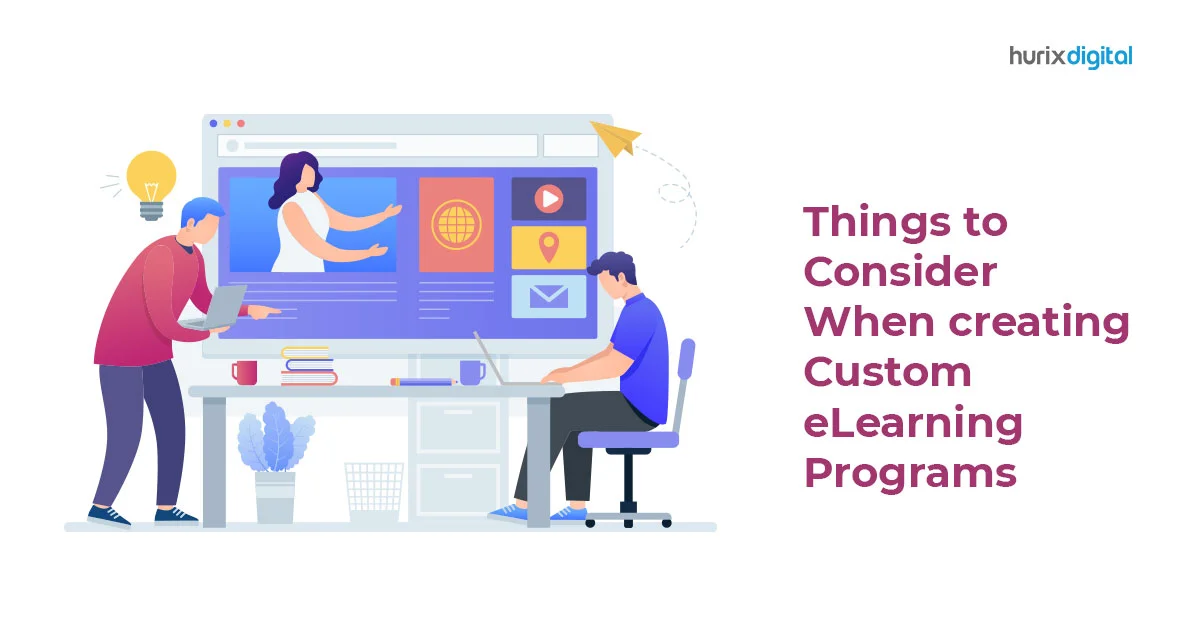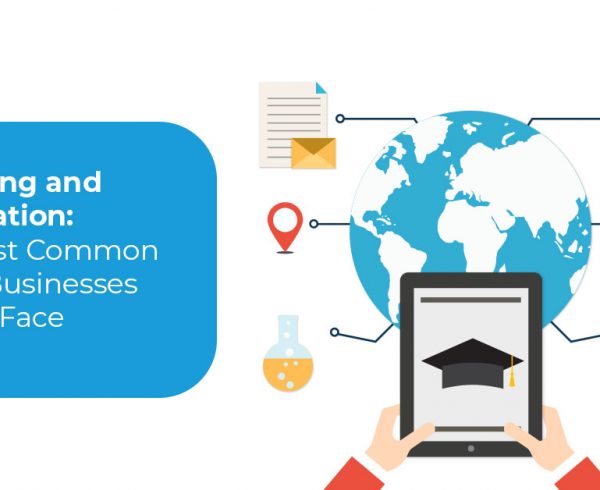Training holds an important place in today’s workplace culture. More and more organizations are acknowledging that fact and institutionalizing training systems targeted at empowering their workforce with new skills. In recent times, the approach toward employee training programs has seen a paradigm shift – a drift away from a one-size-fits-all model toward more personalized alternatives.
This new trend seeks to offer custom training modules that are tailored to the individual needs, abilities and goals of different employees. This model is geared toward enabling employees to pursue skills that are needed at their level of experience and are in line with their professional aspirations.
Even though tailoring a training program to suit the individual needs of a diverse cross-section of people can sound daunting, it proves to be extremely beneficial, both for the employees and their employers. If done right, the custom approach toward training programs for employees can be implemented seamlessly and can deliver better learning outcomes.
Table of Contents:
Benefits of a Custom Employee Training Program
Before you learn the ropes of building and delivering a custom employee training program effectively, it’s important to fully grasp why you need it in the first place. It helps the organization top brass, as well as the L&D teams, get invested in the process.
Here are the top benefits personalized training brings to the table:
Focused Learning:
Since these training modules are designed to meet specific individual needs, the content of the program fills the gap between the existing and desired skill set.
Enriched Teams:
With different training programs for different employees based on their expertise and future job requirements, all members working on different teams or projects can bring unique skills and experiences to the table.
Ease of Application:
Any training program in a workplace is considered successful when the participants understand the concepts well enough to apply them in their day-to-day work processes. With case studies and exercises tailored to the actual work environment, customized training programs can facilitate that.
Flexibility:
Customization also helps in optimizing content, budget and time allocated to the training process, by using the right tools and medium according to the audience.
Better Operational Efficiency:
A customized employee training program can serve as the blueprint for an organization’s operational procedures and policies, streamlining processes across the board.
Cost-Effectiveness:
Contrary to the perception that tailoring the program to suit the individual needs of every staff member would cost a lot, this approach can be extremely cost-effective. What you spend on customized training of employees, you recover doubly when it translates into valuable employee output.
Building and Delivering an Effective Custom Training Program
The goal of truly personalized training experience is to engage the participants by offering them unique, relevant insights and experiences.
Here are four key elements of building and delivering an employee training program that delivers on that goal:
1. Aim for Goal-Driven Training
Any training initiative holds real meaning for the participants only if it aligns with their own professional goals. This could range from excelling in their current job profiles to learning skills that set them apart from the rest of the workforce. The starting point of any effective employee training program has to be getting the employees to define their own goals.
With that achieved, the next part of the puzzle is to ensure that your program helps them work towards those goals. This can mean including task performance-related activities and exercises for some employees and upskilling for a bigger role for others. This ensures that the employees are invested in the training they undergo.
Another way to optimize the learning takeaway with custom training programs is to make them engaging through interactive elements such as clickable learning paths, videos, infographics and games. Follow it up with incentivized exercises to promote retention.
2. Keep Content Relevant
The whole idea behind custom programs is to put participants on a learning path relevant to the skill gaps that need to be filled in order for them to fulfil their goals. For this, it is imperative that the content is concise and pertinent.
You can customize the learning module such that your employees can get straight to what they need to learn instead of sifting through stuff they don’t need or brushing up on what they already know.
A well-designed, agile learning management system (LMS) can facilitate this by allowing you to assign content, exercises and e-learning resources to different people, as per their specific requirements.
Within these highly personalized learning modules too, employees can be given the freedom to choose the content most applicable to their upskilling needs. This approach, known as micro-learning, has proven to keep employees engaged and motivated to complete the training process.
Guide:
How to Choose the Right LMS for Your Business
3. Accommodate Different Learning Approaches
Custom training isn’t just about what your employees learn but also how they learn. Sometimes, organizations may need to introduce training programs that are universally applicable to the entire workforce. In such cases, a personalized touch can be added to the training program by taking into account different learning processes and speeds.
For example, some employees may be verbal learners, who prefer to do things the old school way of reading from notes, while some others may find it easy to retain things conveyed through visuals and some others still may be aural learners (who prefer audio resources).
While developing a training program, the L&D team must account for all these different approaches and accommodate different styles of learning to make sure the content has the desired impact on every single employee.
This can be done by creating a base content and then making it available to the employees in different formats – written, visual, audio, webinars, discussion boards, and so on.
4. Enhanced Access to Learning Material
Pressing deadlines, big projects and buzzing schedules have changed the basic ethos of a typical workplace today. There are no designated lunch hours for the entire staff or 9 to 5 work hours anymore. A lot of times, many employees may even be working off-site or remotely.
You have to take these variables into account while designing an employee training program and be mindful of the fact that it may not be possible to get all of the participants in a room together.
By offering round-the-clock access to the training material on your LMS, you empower the employees to choose how, where, and when they learn. This can be done by making content accessible across a spectrum of devices – laptops, computers, smartphones, and tablets – allowing anyone with an internet connection and digital device to join in at a time and location of their choosing
Make it Count
We live in a time where customized experiences are expected just about anywhere, and an employee training program is not an exception to that expectation. Giving your employees control over what and how they choose to learn can improve the outcome of these programs. So, make it count.
Related:
- 7 Tips to Create Custom E-Learning Content on a Budget
- Custom LMS- An Effective Way to Transform Employee Training
- 10 Reasons to Invest in Corporate Training Solutions
- How to Implement Microlearning in Corporate Training
- How to Leverage your LMS to Create a Blended Learning Environment
- Advantages of Mobile Learning Solutions for L&D Teams











